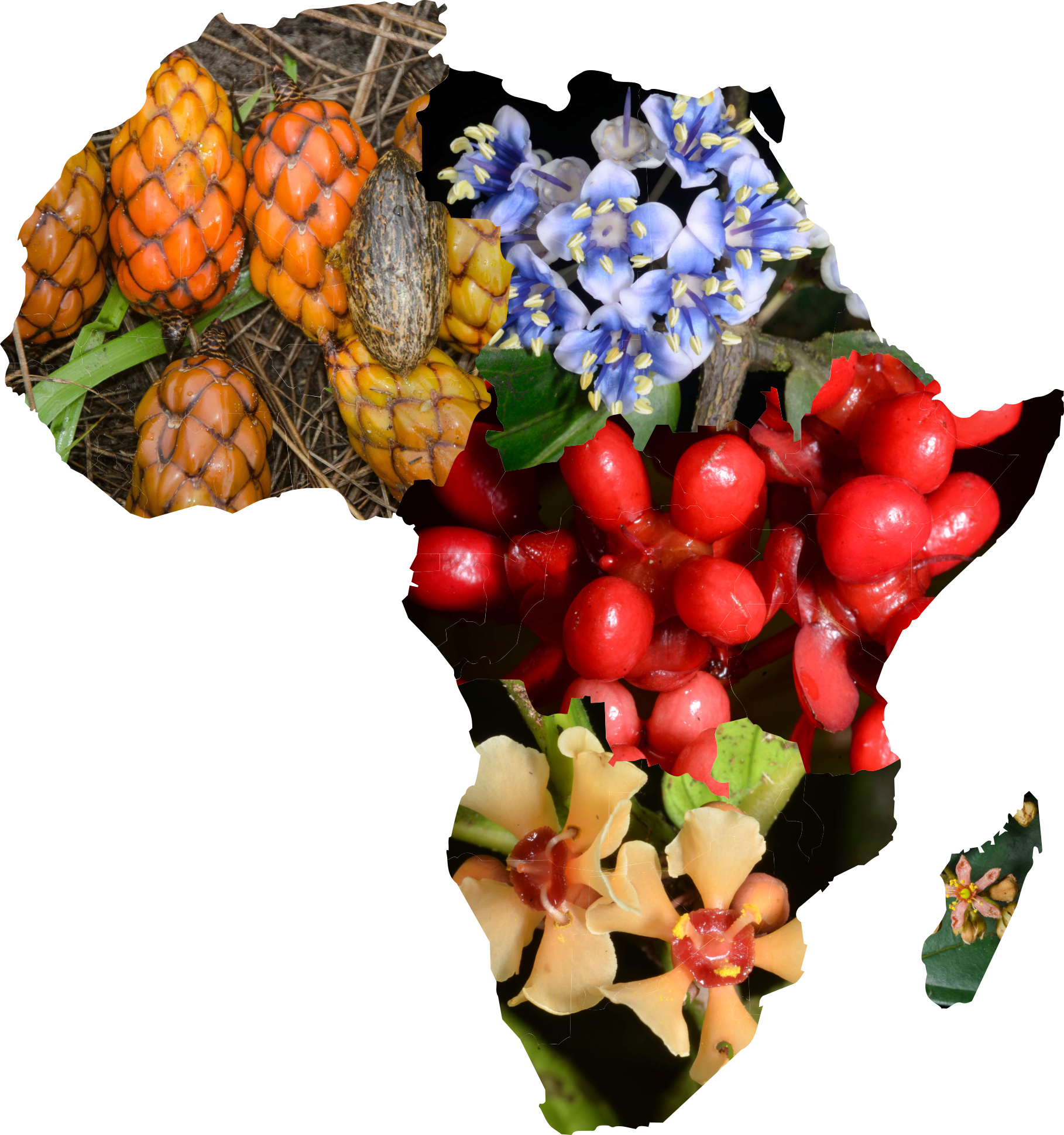NMNH-US:Plantae-US
H. Someren 38-2 1938-05-00
Uganda, Chyulu.
NMNH:Plantae
Someren, H. D. 38-2 1938-05-00
Uganda, Chyulu.
NMNH-US:Plantae-US
D. Linder 2294 1927-03-00
Congo, Democratic Republic of, Expedition of the Harvard Institute of Tropical Biology and medicine. Belgian Congo: Camp Rueru, Mt. Mikeno., 3760m
NMNH-US:Plantae-US
E. A. Mearns 1543 1909-09-21
Kenya, Smithsonian African Expedition. Western slopes of Mount Kenia, along the trail from West Kenia Forest Station to summit, British East Africa, in the "giant heath" zone., 3630m
NMNH-US:Plantae-US
E. A. Mearns 1567 1909-09-21
Kenya, Smithsonian African Expedition. Western slopes of Mount Kenia, along the trail from West Kenia Forest Station to summit, British East Africa, in the "giant heath" zone., 3630m
NMNH:Plantae
Linder, D. H. 2294 1927-03-00
Congo, Democratic Republic of, Expedition of the Harvard Institute of Tropical Biology and medicine. Belgian Congo: Camp Rueru, Mt. Mikeno., 3760m
NMNH:Plantae
Mearns, E. A. 1567 1909-09-21
Kenya, Smithsonian African Expedition. Western slopes of Mount Kenia, along the trail from West Kenia Forest Station to summit, British East Africa, in the "giant heath" zone., 3630m
NMNH:Plantae
Mearns, E. A. 1543 1909-09-21
Kenya, Smithsonian African Expedition. Western slopes of Mount Kenia, along the trail from West Kenia Forest Station to summit, British East Africa, in the "giant heath" zone., 3630m
NMNH-US:Plantae-US
K. Beard s.n. 2001-08-13
Tanzania, Kilimanjaro, Mount Kilimanjaro, along the Mweka route., 3400m
NMNH:Plantae
Beard, K. s.n. 2001-08-13
Tanzania, Kilimanjaro, Mount Kilimanjaro, along the Mweka route., 3400m

